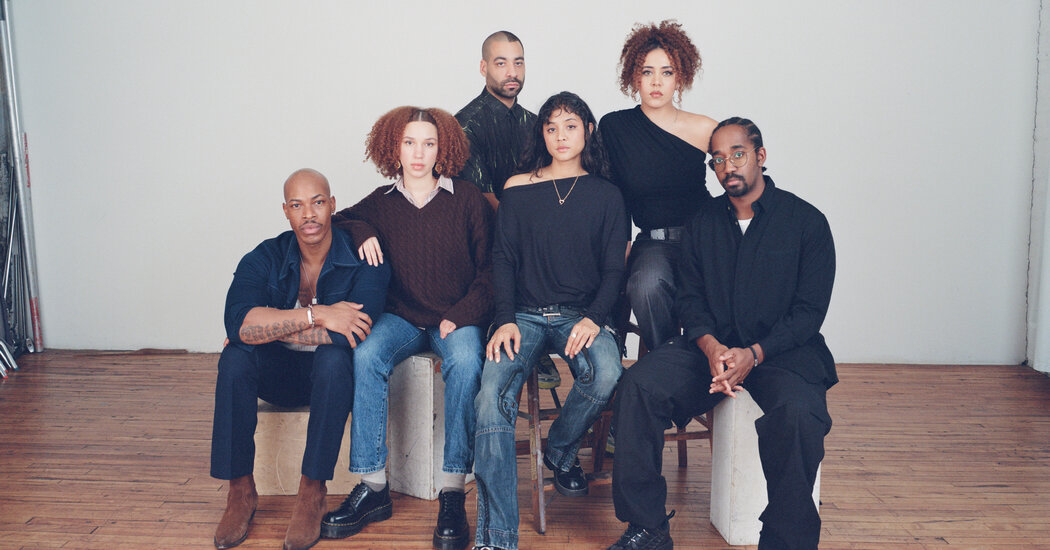Unlike, say, Los Angeles or Washington, D.C. — one-industry towns where, more likely than not, you’re either in Hollywood or the government, or servicing them — New York has never been identified by a single business. Finance, theater, media, publishing: All live here, the worlds overlapping less than you’d imagine, given Manhattan’s limited space.
But if no one industry rules the city, one group of people does: artists. Every year, a new generation of them arrive in New York hoping to make their name. Those of us who aren’t artists come here for them, too — their energy, ideas, ambition, scrappiness and keenness are what give this city its inimitable character.
Yet as M.H. Miller notes in his survey about the artists’ studios of New York, the city’s position as the center of the art world is a modern phenomenon, made possible after World War II by a collision of factors: an abundance of new art schools and art programs, which returning soldiers could access thanks to the G.I. Bill; the expansion of government-subsidized housing loans; and a plenitude of residential and industrial spaces. In the decades that followed, an outsize number of essential contemporary art movements — Abstract Expressionism, Pop, minimalism — were born here.
Now, of course, being a New York Artist is a very different proposition. The talent is still here. So is the hunger. But the real estate isn’t — and when it is, it’s prohibitive for not just artists but almost everyone. Being an artist in this city has gone from being one of the cheapest propositions to one of the most expensive.
And yet, undaunted, they keep coming. And they keep finding places to work, as well. As Miller writes, “Artists can and will work anywhere and, like their work itself, they’re limited only by the extent of their imaginations — and their finances.” In our story, we visited five different artist-dominated (or once-artist-dominated) buildings in Queens, Brooklyn and Manhattan to see how and where today’s sculptors, painters, photographers and multidisciplinary practitioners are making art happen. The ingenuity is inspiring; the determination, moving. As Rachel Rossin, a multimedia artist with a 1,700-square-foot studio in a building in Manhattan’s Financial District says, “Artists in New York are like a pervasive, positive mold. … There’ll always be some sort of air gap that happens [here], and artists fill it.” Long may they reign.
On the Covers
Hair by Soichi Inagaki. Makeup by Kanako Takase. Models, clockwise from top left: Malick Bodian at DNA Models, Leon Dame at DNA Models







